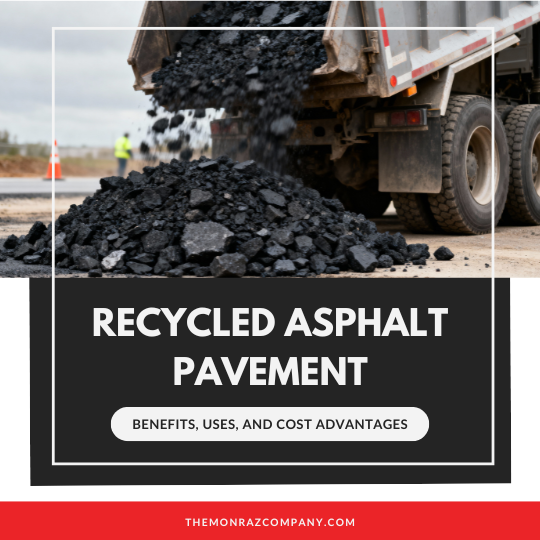Cement Treatment of Soil
Cement Treatment of Soil – Southern California (Including San Diego County)

📌 Purpose of Cement Treatment
Cement treatment (also called soil-cement stabilization) is used to improve weak or moisture-sensitive soils by mixing them with Portland cement. This stabilizes the soil by increasing its strength, reducing expansion, and improving long-term durability—making it suitable for construction projects like roads, pads, and parking areas.
🌍 Application in Southern California (Including San Diego County)
Many areas in Southern California, including San Diego County, contain clayey or expansive soils with low bearing capacity and poor performance under wet conditions. Cement treatment is particularly effective in these zones because it:
- Increases strength of native soils without importing material
- Reduces shrink-swell potential, common in inland valleys and coastal mesas
- Allows faster construction, especially in wet seasons
In San Diego County, cities like San Marcos, Escondido, Poway, and El Cajon frequently have older alluvial and clay-rich soils that are excellent candidates for this treatment.
🧱 Best Soil Types for Cement Treatment
Ideal soils include:
- CL (lean clay) and CH (fat clay) under the Unified Soil Classification System
- Moderate to highly plastic clays with moisture sensitivity
Poor candidates include:
- Soils with high organic content
- Very sandy or gravelly soils with minimal clay
- Soils with high sulfate levels
🧪 Testing Required Before Cement Treatment
To confirm that cement treatment is suitable, engineers perform a set of tests:
| Test | Purpose |
|---|---|
| Atterberg Limits | Classify soil and determine plasticity |
| Soil Classification (ASTM D2487) | Identify soil type (CL, CH, etc.) |
| Proctor Test | Determine optimal moisture and compaction |
| Unconfined Compressive Strength (UCS) | Confirm cement-treated strength (target: 120–200 psi) |
| pH Testing | Ensure pH ≥ 12 for cement reaction |
| Sulfate Content Test | Ensure levels are safe for cement interaction |
| Gradation Analysis | Understand soil composition |
📘 Local Standards
Cement treatment must meet guidelines set by:
- Greenbook (Standard Specifications for Public Works Construction)
- Caltrans Section 24: Soil Stabilization
- San Diego County Public Road Standards
Specifications typically include:
- 3–7% cement content by weight
- 12–18 inches of treatment depth
- Minimum UCS of 120–200 psi at 7-day cure
🏗️ Why Choose TMC Engineering (San Marcos, CA)
TMC Engineering, based in San Marcos, California, is a trusted expert in cement-treated soil applications across San Diego and the broader Southern California region.
✔ What Sets TMC Engineering Apart:
- Decades of experience: With many years in operation, TMC has completed thousands of square feet of successful cement-treated projects.
- Local expertise: Familiar with the diverse soil typesacross San Diego County—from inland valley clays to coastal silt and fill.
- Integrated service: TMC partners closely with Local Soil Engineering firms to analyze soil conditions and design the best stabilization solution—from field sampling to final grading.
- Construction-ready delivery: TMC manages the process from initial testing to treatment and compaction, ensuring the site is fully prepared for paving, structures, or heavy use.
Whether you're building a roadway, preparing a building pad, or stabilizing slopes, TMC Engineering delivers proven, cost-effective soil improvement tailored to the unique needs of Southern California terrain.
✅ Summary
| Topic | Detail |
|---|---|
| Treatment Purpose | Improve soil strength, reduce swell, stabilize base |
| Best Soil Types | CL/CH clays with moderate to high plasticity |
| Ideal Regions | Inland and coastal San Diego (San Marcos, Escondido, El Cajon) |
| Key Testing | Atterberg Limits, UCS, Sulfates, pH, Proctor |
| Qualified Provider | TMC Engineering, with years of experience and partnerships with local soil labs |




